Home>Furniture & Design>Bedroom Furniture>How To Flatten A Memory Foam Mattress
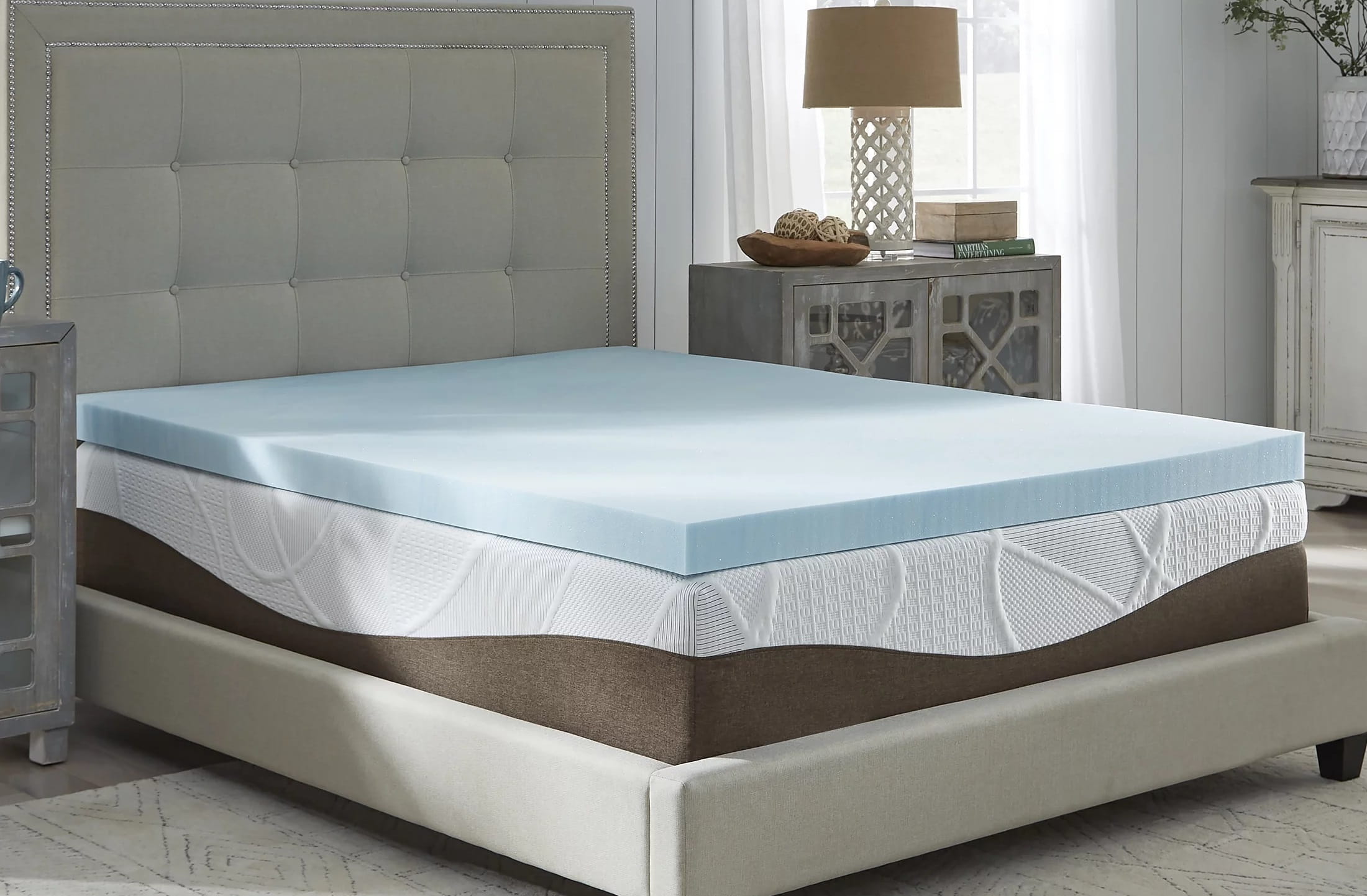

Bedroom Furniture
How To Flatten A Memory Foam Mattress
Modified: February 18, 2024
Learn the best techniques for flattening a memory foam mattress and restoring its original shape. Get expert tips on bedroom furniture and design.
(Many of the links in this article redirect to a specific reviewed product. Your purchase of these products through affiliate links helps to generate commission for Storables.com, at no extra cost. Learn more)
Introduction
Welcome to the world of memory foam mattresses, where unparalleled comfort meets the challenge of maintaining its original shape. Over time, these mattresses may develop indentations or uneven surfaces due to prolonged use or incorrect storage. Fortunately, there are simple yet effective methods to restore your memory foam mattress to its former glory.
Whether your mattress has developed a sag in the middle or lumps and bumps have appeared, the following step-by-step guide will walk you through the process of flattening your memory foam mattress. By following these instructions, you can revitalize your mattress and ensure a restful night’s sleep once again.
Ready to reclaim the pristine condition of your memory foam mattress? Let’s dive into the steps to flatten it and restore its original comfort and support.
Key Takeaways:
- Revive your memory foam mattress by removing bedding, vacuuming, applying pressure, and allowing it to rest. Repeat if necessary for a fully flattened and rejuvenated sleeping surface.
- Patience and attentiveness are key in restoring your memory foam mattress to its original form. Celebrate the opportunity to reclaim restful and rejuvenating sleep with these simple yet effective techniques.
Read more: What Is A Memory Foam Mattress
Step 1: Remove the Bedding
The first step in flattening a memory foam mattress is to remove all bedding, including sheets, blankets, and mattress protectors. This will allow you to assess the mattress more effectively and apply the necessary techniques to address the unevenness or indentations.
By removing the bedding, you create a clear and unobstructed surface for the subsequent steps. Additionally, this step enables you to identify the specific areas of the mattress that require attention. Whether the sagging is concentrated in the middle or there are noticeable lumps and indentations, uncovering the mattress provides a comprehensive view of the issue at hand.
Once the bedding has been removed, take a moment to inspect the mattress for any visible signs of wear and tear, such as permanent indentations or areas of uneven density. This assessment will guide your approach in addressing the mattress’s condition effectively.
With the bedding removed and a clear view of the mattress, you are ready to proceed to the next step in the process of flattening your memory foam mattress.
Step 2: Vacuum the Mattress
After removing the bedding and assessing the condition of your memory foam mattress, the next step is to thoroughly vacuum the surface. Vacuuming serves multiple purposes in the process of flattening the mattress.
Firstly, vacuuming helps remove any surface debris, dust, or particles that may have accumulated on the mattress. This is particularly important for maintaining a clean and hygienic sleeping environment. By eliminating these particles, you can prevent them from settling into the mattress and contributing to potential unevenness or indentations over time.
Secondly, vacuuming the mattress can help fluff up the memory foam and restore some of its original loft. As memory foam mattresses are designed to conform to your body shape, they can sometimes become compressed or develop impressions from prolonged use. By gently vacuuming the surface, you can encourage the foam to regain some of its resilience and plumpness, which contributes to a more even and supportive sleeping surface.
When vacuuming the mattress, use a soft brush attachment to prevent any damage to the delicate foam material. Ensure that the vacuuming process is gentle and thorough, covering the entire surface of the mattress to remove any debris and revitalize the foam.
Once you have completed the vacuuming process, you are ready to proceed to the next step in the journey to restore your memory foam mattress to its original state of comfort and support.
Step 3: Apply Pressure to the Mattress
Applying pressure to the memory foam mattress is a crucial step in the process of flattening and restoring its original shape. This technique aims to encourage the foam to regain its natural form and alleviate any indentations or uneven areas that have developed over time.
To apply pressure effectively, start by using your hands to press down on the areas of the mattress that exhibit sagging or indentations. Apply firm and even pressure, focusing on the specific regions where the mattress has lost its original support and structure. By doing so, you can help redistribute the foam and encourage it to expand back to its intended shape.
Another effective method for applying pressure to the mattress is to use your body weight. Gently walk or kneel on different areas of the mattress, concentrating on the sections that require attention. This process helps in redistributing the foam and promoting even compression, ultimately aiding in the restoration of the mattress’s flat and supportive surface.
It’s important to note that while applying pressure, it’s crucial to do so gently and evenly to avoid causing any damage to the foam. The goal is to encourage the memory foam to regain its original structure, and this can be achieved through consistent and deliberate pressure application.
After applying pressure to the mattress, allow it to rest and recover for a brief period before proceeding to the next step. This allows the foam to respond to the pressure and begin readjusting to its intended form.
With the application of pressure complete, you are ready to move on to the next stage in the process of flattening your memory foam mattress.
To flatten a memory foam mattress, remove all bedding and allow the mattress to air out in a well-ventilated room. You can also gently walk on the mattress to help distribute the foam evenly.
Step 4: Let the Mattress Rest
After applying pressure to the memory foam mattress, it’s essential to allow it to rest and recover. This period of rest is crucial as it gives the foam time to respond to the applied techniques and gradually regain its original shape and support.
During this resting phase, the memory foam will begin to readjust and redistribute itself, responding to the pressure and movements applied in the previous steps. This process is essential for allowing the foam to naturally expand and alleviate any indentations or uneven areas that may have developed over time.
While the mattress is resting, it’s advisable to refrain from placing any additional weight or pressure on it. This includes avoiding sitting or lying on the mattress during this recovery period. By allowing the foam to rest undisturbed, you provide it with the optimal conditions to recover and regain its intended structure and support.
The duration of the resting period can vary depending on the severity of the indentations or unevenness present in the mattress. It’s recommended to allow the mattress to rest for a minimum of a few hours to a full day, enabling the foam to fully respond and readjust.
During this time, it’s also beneficial to allow the mattress to air out and breathe. If possible, open windows or use fans to promote air circulation in the room, aiding in the recovery and revitalization of the memory foam.
Once the mattress has had sufficient time to rest and recover, it will be ready for the final steps in the process of flattening and restoring its original comfort and support.
Read more: How To Choose A Memory Foam Mattress
Step 5: Repeat the Process if Necessary
After allowing the memory foam mattress to rest and recover, it’s important to assess the results of the previous steps. Depending on the initial condition of the mattress and the effectiveness of the techniques applied, it may be necessary to repeat the flattening process to achieve the desired outcome.
Begin by carefully inspecting the mattress to identify any remaining indentations, uneven areas, or signs of sagging. Pay close attention to the overall surface of the mattress, as well as specific trouble spots that may require additional attention.
If you find that certain areas of the mattress have not fully responded to the initial flattening techniques, you can revisit the previous steps, including vacuuming the mattress, applying pressure, and allowing it to rest. By repeating these steps, you provide the memory foam with further opportunities to readjust and regain its original form.
When repeating the process, it’s important to approach each step with the same care and attention as the initial attempt. Ensure that the vacuuming process is thorough, the pressure application is gentle and deliberate, and the resting period is given adequate time for the foam to recover.
Additionally, if you find that certain areas of the mattress exhibit persistent indentations or unevenness, you may choose to concentrate the pressure application on these specific regions. By targeting problem areas with focused pressure, you can encourage the foam to respond more effectively and gradually flatten out the surface.
Throughout the repetition of the flattening process, it’s essential to remain patient and attentive to the changes occurring in the mattress. Memory foam may require multiple iterations of the flattening techniques to fully restore its original shape and support, particularly in cases of significant wear or prolonged use.
By carefully assessing the results and repeating the flattening process as necessary, you can work towards achieving a fully flattened and revitalized memory foam mattress, ensuring a comfortable and supportive sleeping surface.
Conclusion
Flattening a memory foam mattress is a rewarding endeavor that can breathe new life into your sleeping surface, restoring its comfort and support for many nights of restful sleep to come. By following the step-by-step guide outlined in this article, you can effectively address indentations, unevenness, and sagging in your memory foam mattress, revitalizing it to its original form.
Through the process of removing the bedding, vacuuming the mattress, applying pressure, allowing it to rest, and repeating the process as necessary, you have the tools to address the common issues that may affect memory foam mattresses over time. These techniques not only help flatten the mattress but also contribute to maintaining its overall quality and longevity.
It’s important to approach the flattening process with patience and attentiveness, allowing the memory foam to gradually respond and readjust to the applied techniques. By providing the mattress with the necessary care and attention, you can achieve a fully flattened and rejuvenated sleeping surface, free from indentations and unevenness.
Remember that the effectiveness of the flattening process may vary depending on the age and condition of the mattress. In some cases, persistent indentations or sagging may indicate the need for a mattress replacement. However, by implementing the techniques outlined in this guide, you can prolong the life of your memory foam mattress and enjoy continued comfort and support.
As you embark on the journey to flatten your memory foam mattress, celebrate the opportunity to restore its original form and provide yourself with a rejuvenated and supportive sleeping experience. By investing time and care into maintaining your mattress, you can ensure that it continues to offer the comfort and quality you deserve for years to come.
With these steps and techniques at your disposal, you are equipped to flatten your memory foam mattress and reclaim the restful and rejuvenating sleep it was designed to provide.
Frequently Asked Questions about How To Flatten A Memory Foam Mattress
Was this page helpful?
At Storables.com, we guarantee accurate and reliable information. Our content, validated by Expert Board Contributors, is crafted following stringent Editorial Policies. We're committed to providing you with well-researched, expert-backed insights for all your informational needs.
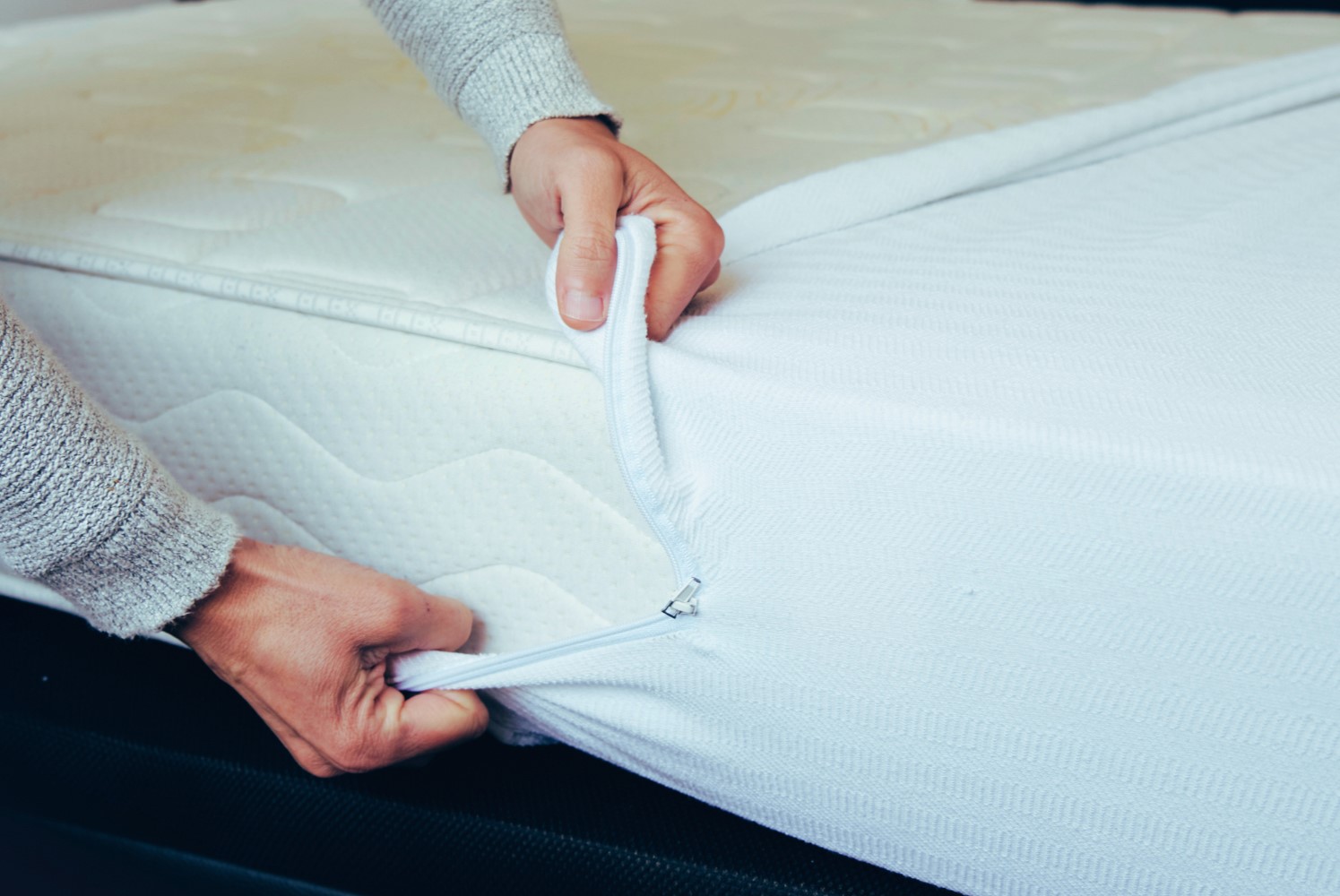

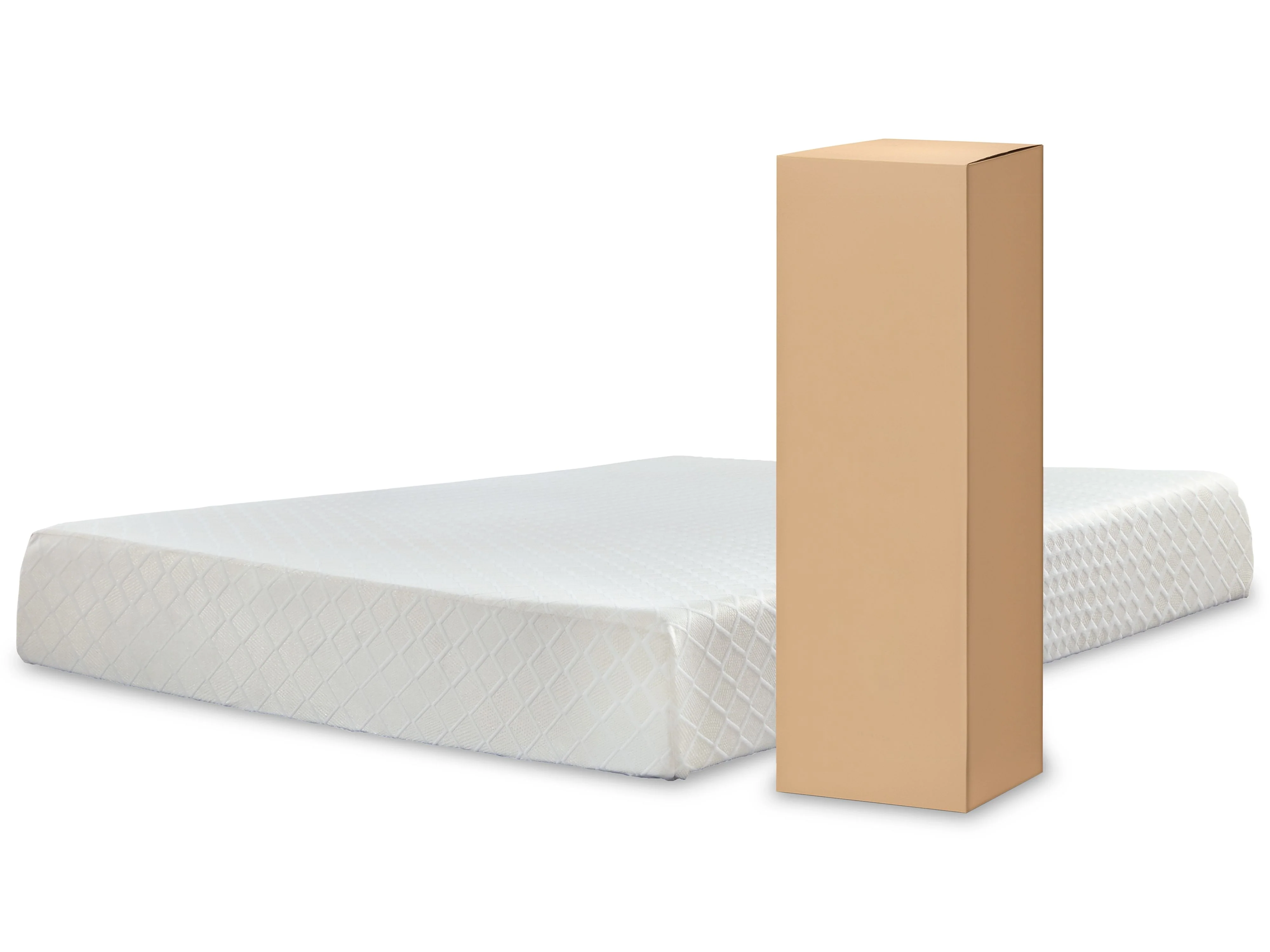
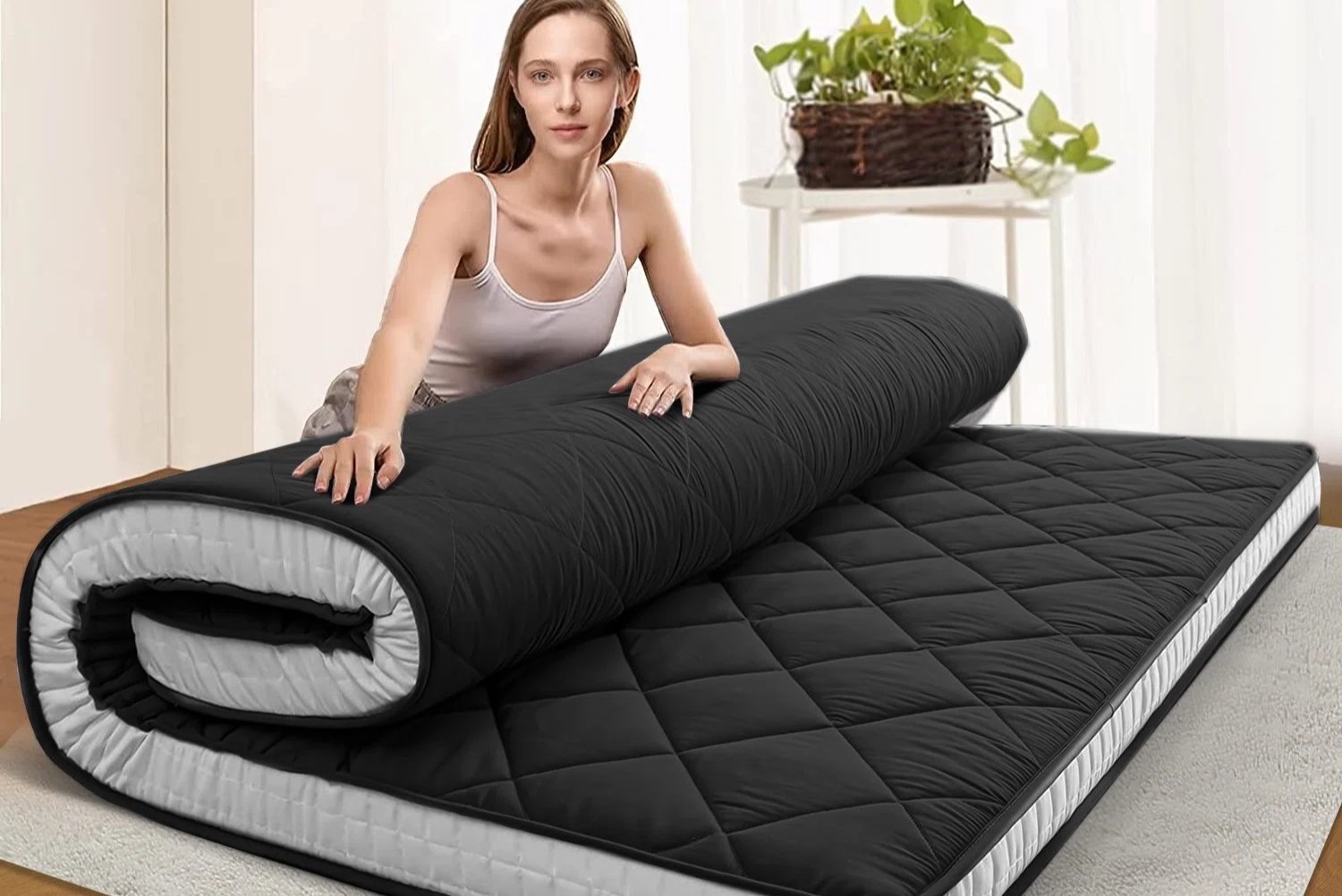
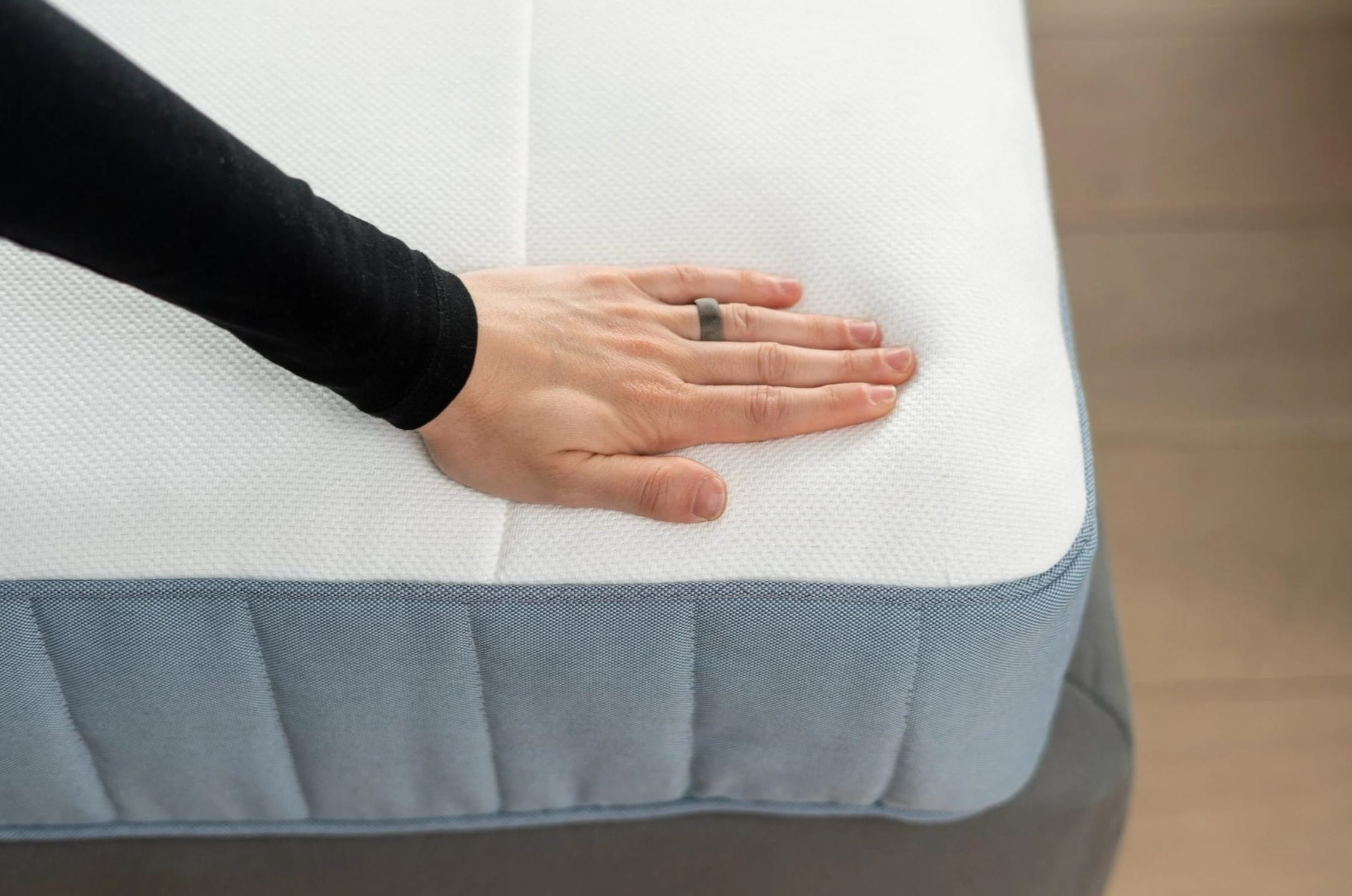
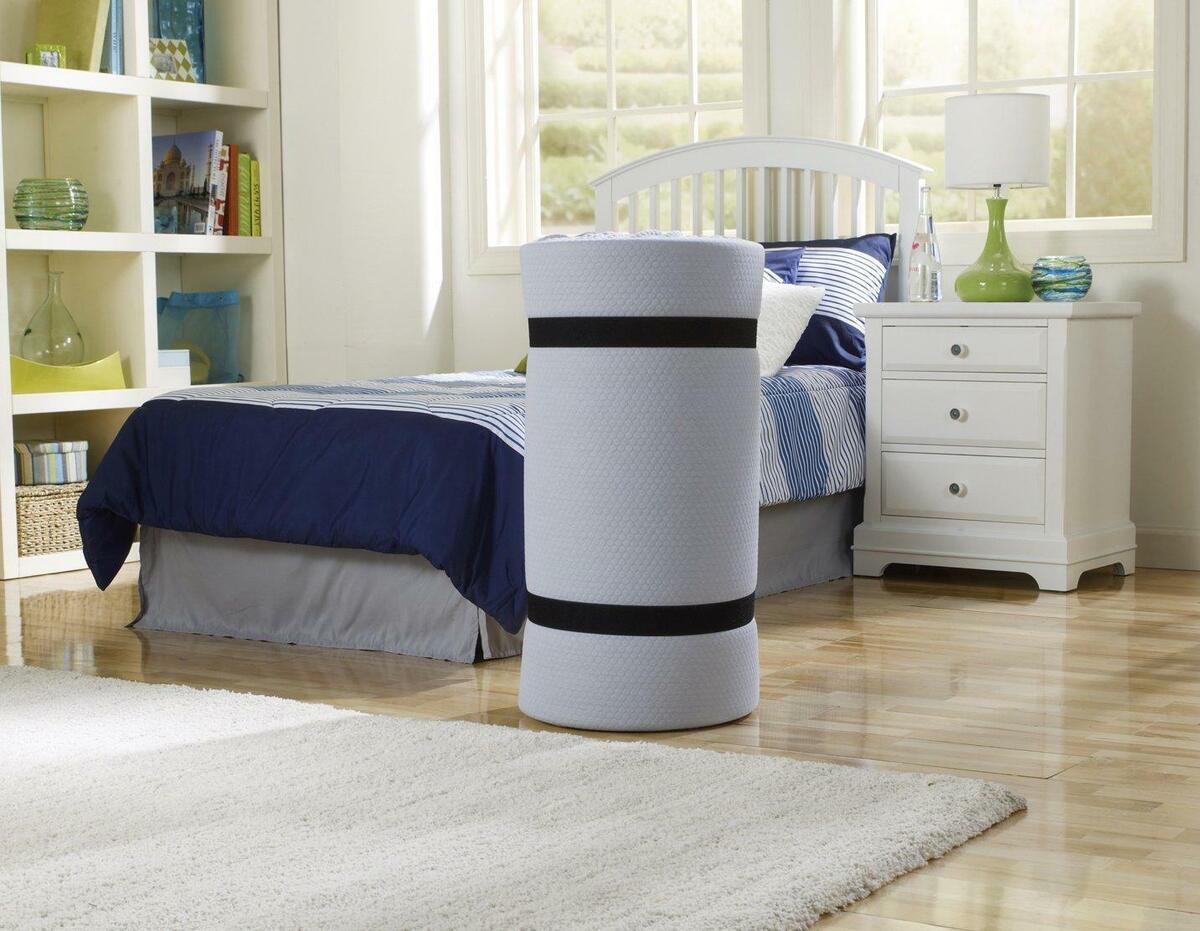
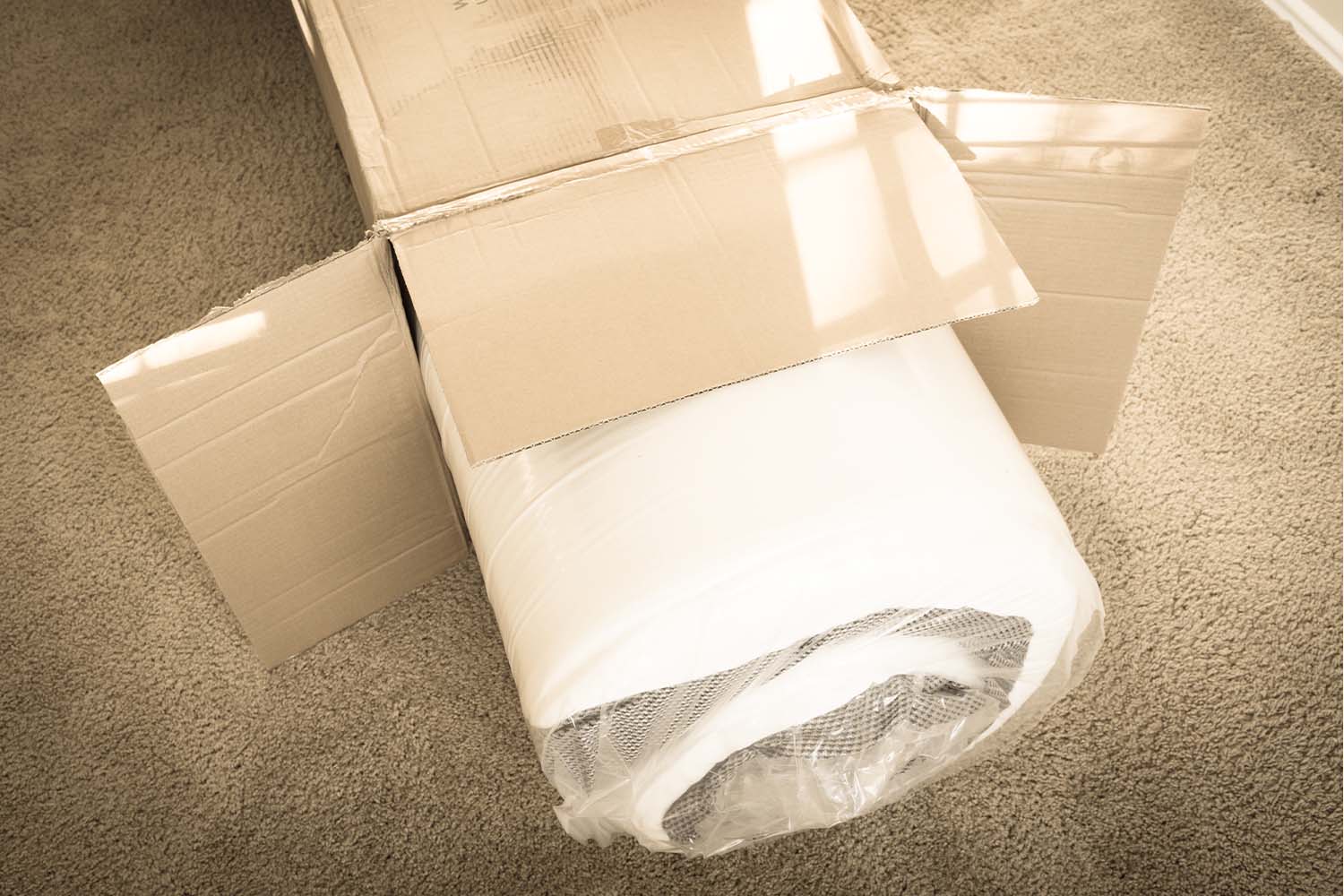
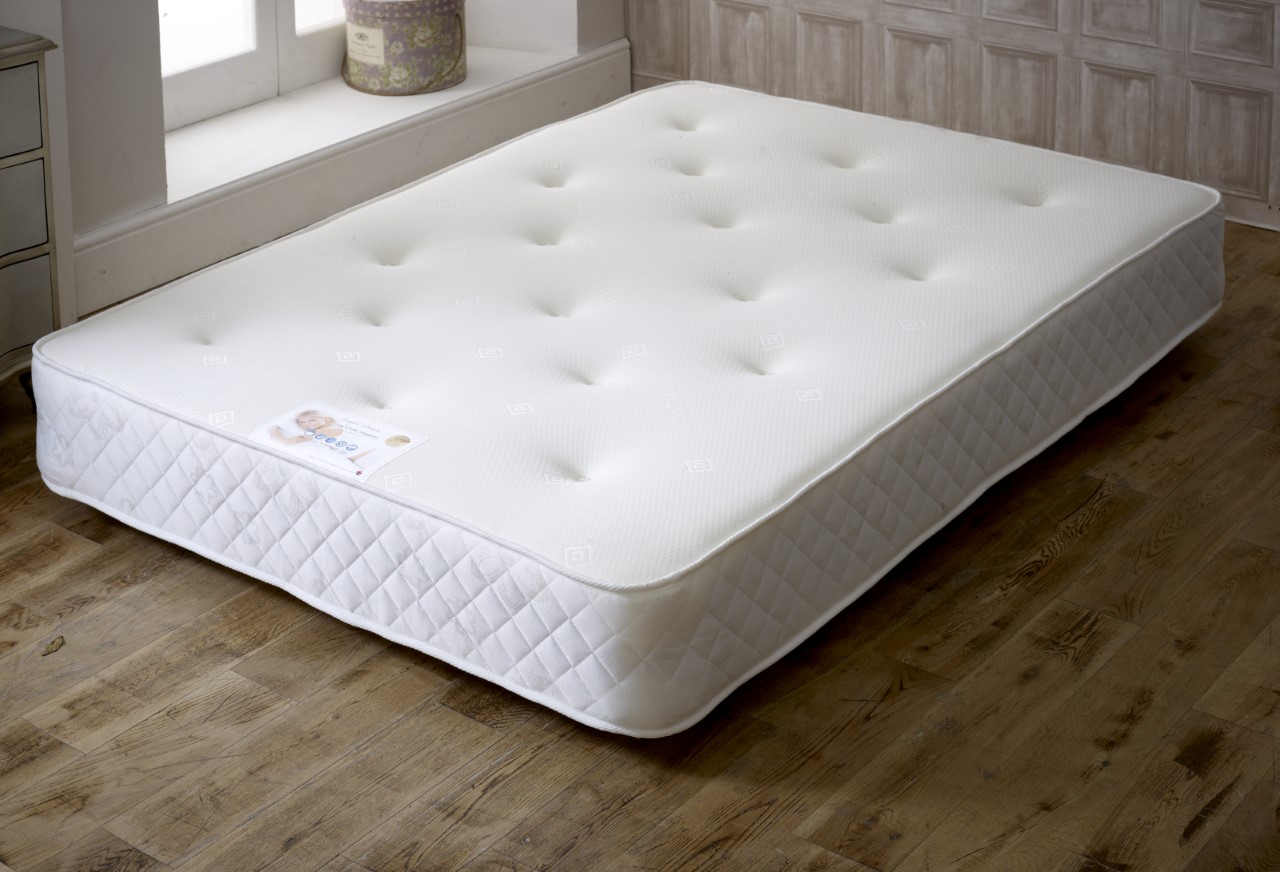
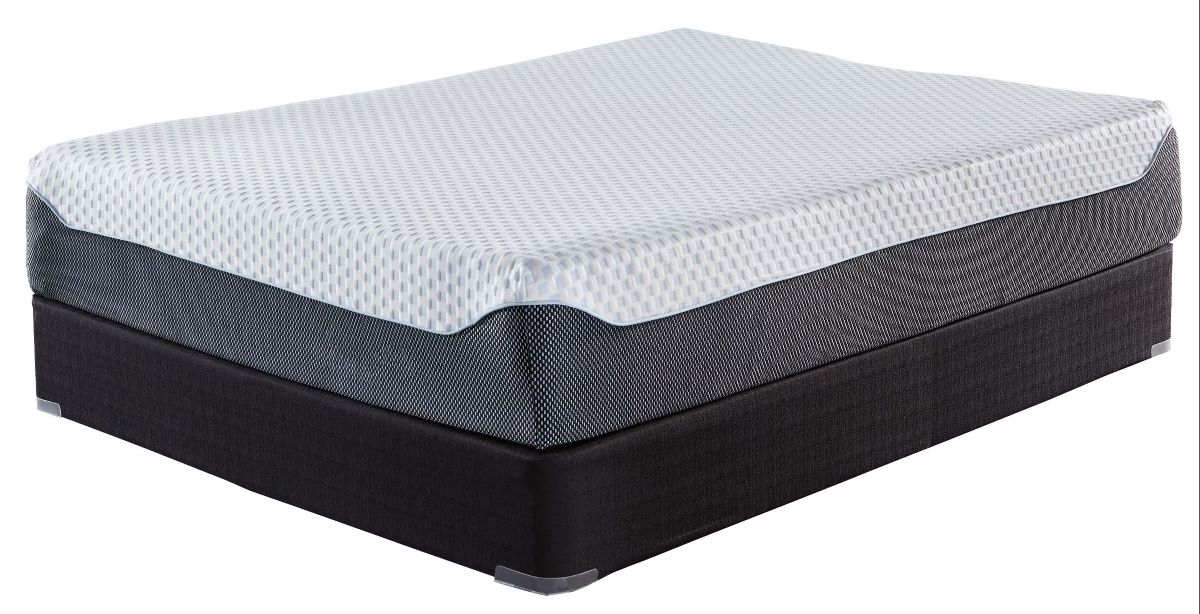
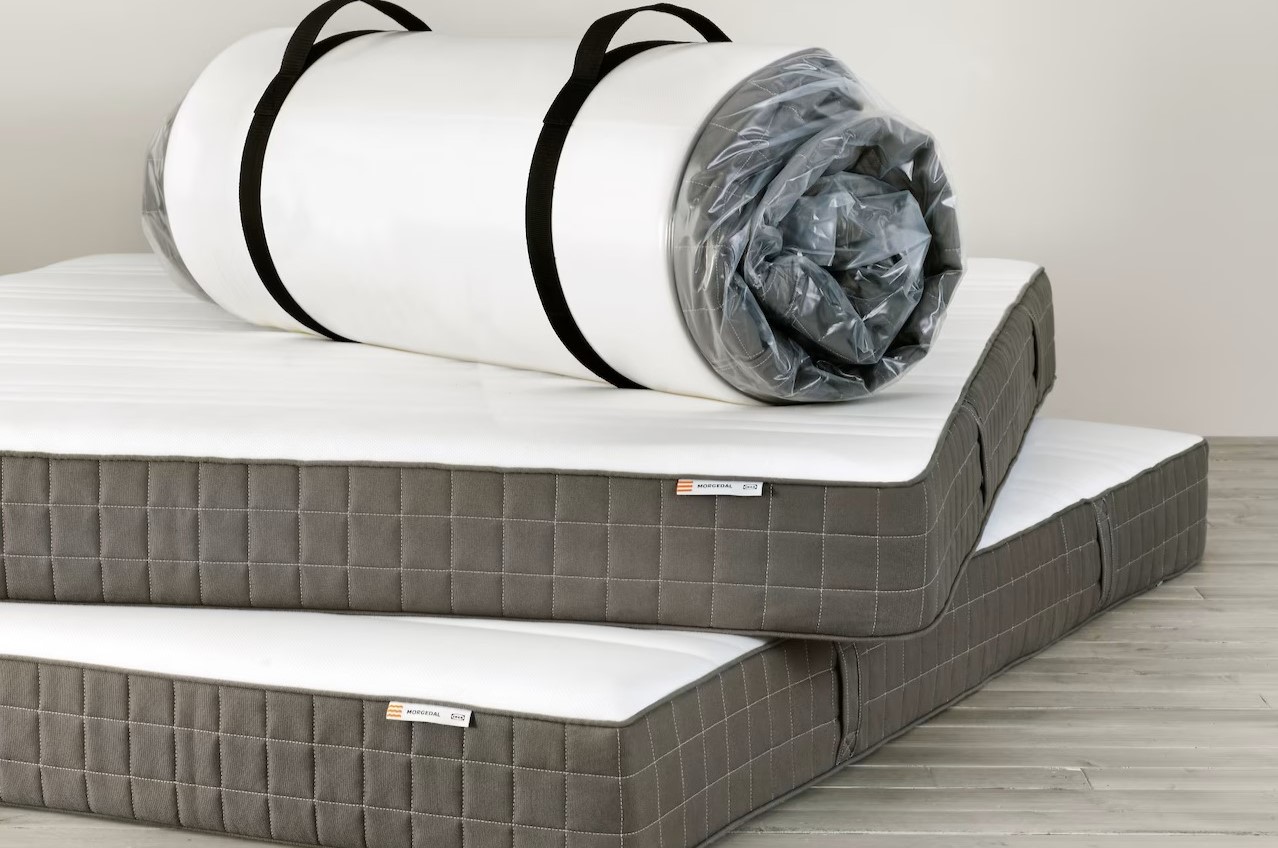
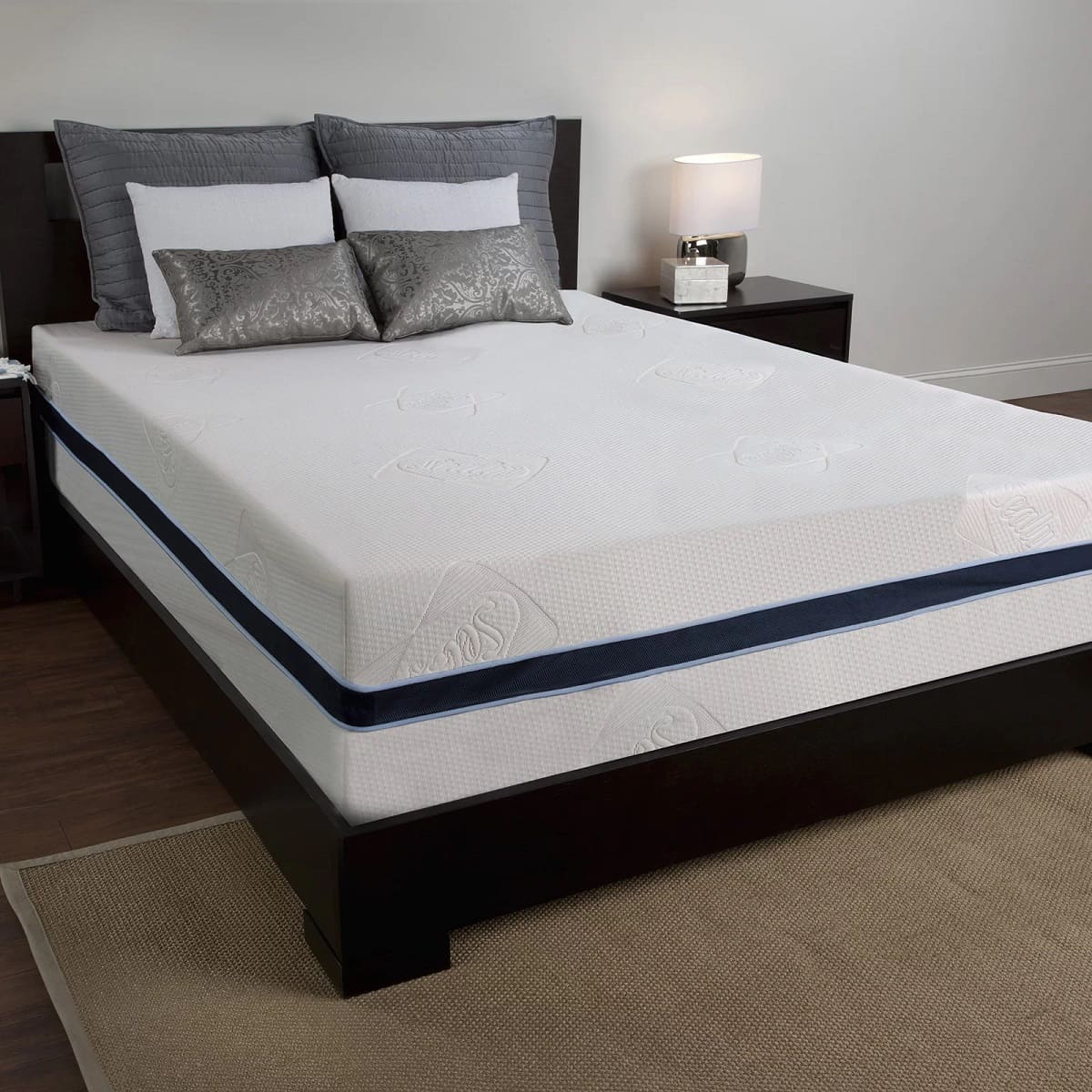


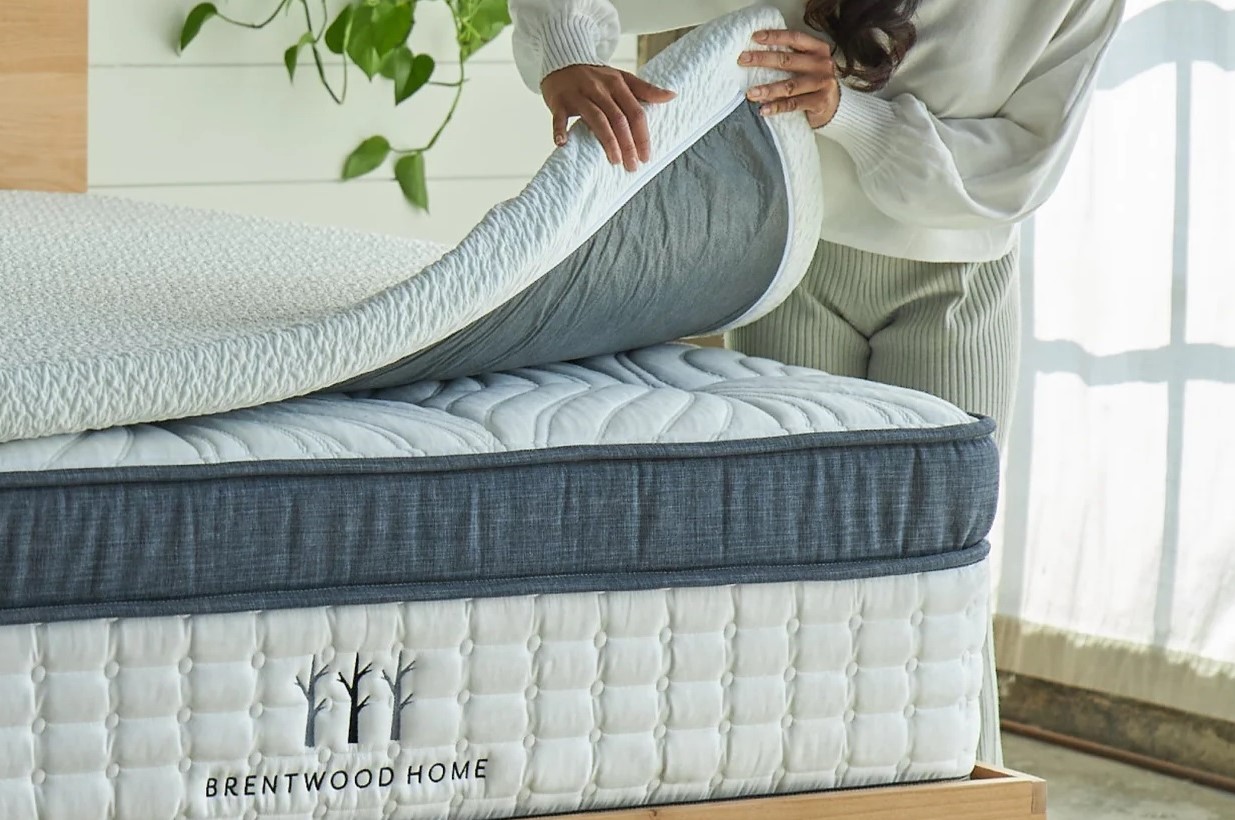

0 thoughts on “How To Flatten A Memory Foam Mattress”